Tapestry canvas: types and features of choice
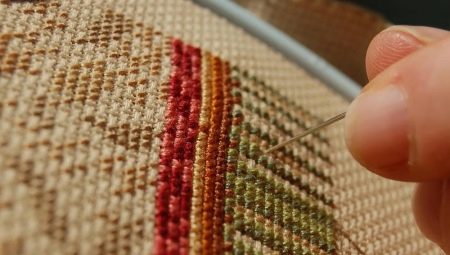
Every needlewoman knows that with the help of tapestry patterns, you can create real masterpieces. However, without important "tools" it is unlikely that a beautiful picture will turn out. This is a canvas for embroidery tapestries. This material has certain characteristics and differs from the standard version.
Description
Canvas is a type of fabric that is used for embroidery. It should be noted that tapestry is a rather dense embroidery, in this regard, certain requirements are put forward to the material. As a rule, a canvas made of cotton or linen is used for tapestry embroidery. The material has a rigid mesh structure. This is due to the historically formed feature of the tapestry.
The fact is that in ancient times it was used to decorate pieces of furniture. Therefore, the embroidery should be as strong as possible.
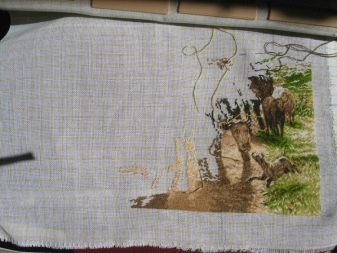
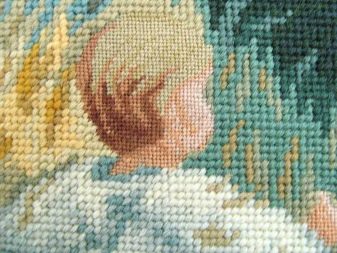
The tapestry stitch is able to give the figures excellent volume and relief. Using this technique, you can easily create an original landscape painting.
For beginners, a dedicated tapestry embroidery kit is perfect. Typically, it includes:
- a set of threads;
- a needle;
- scheme;
- special canvas.
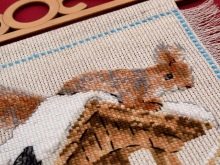
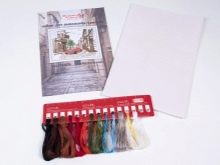
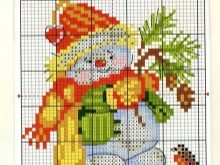
Views
The most popular variety is stramin. We are talking about a high-quality, dense fabric that has a mesh texture. Stramin is often used in the manufacture of carpets. It is also relevant for creating original bags, toys and pillows.
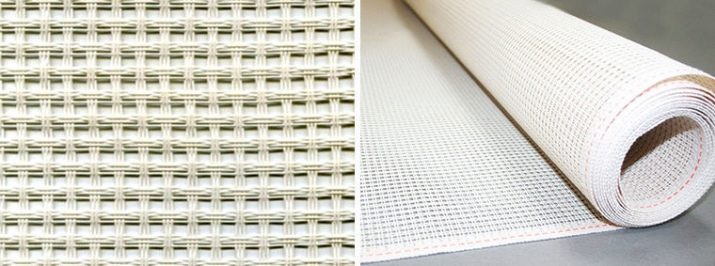
In addition to stramin, craftswomen use several more common types of canvas for embroidery of tapestries.
- "Penelope". Its main feature is the presence of large square-shaped holes. This type of canvas (density 3-4 threads / cm) is woven with a double thread. This type is especially useful when creating small patterns.
- Monocanva. Great for tapestry embroidery. However, it is quite difficult to find it on sale. In most cases, it is ordered from an online store. Outwardly, it resembles a grid.
- Plastic. This material is distinguished by its high density and perfectly keeps its shape. Ideal for creating postcards, Christmas tree decorations and souvenirs. Plastic canvas can be easily purchased at any specialty store.
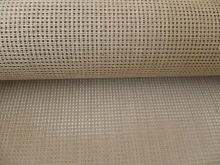
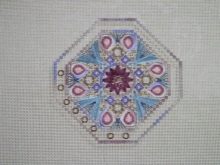
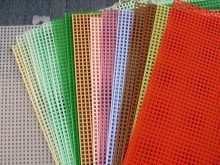
And do not forget about the vinyl variety... It is in many ways similar to plastic, but has increased flexibility. Most often it is used to create bags, wallets and document covers.
The color of the fabric for embroidery can be very different. In most cases, there is a canvas in pastel shades (gray, white, beige).
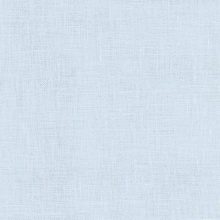
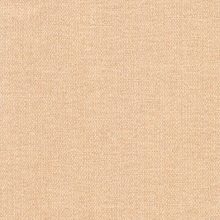

Features of choice
Tapestry fabrics differ primarily in mesh sizes. Obviously, the smaller the mesh, the more laborious the embroidery process will be. A It is also important to decide in which particular technique you want to work:
- fine stitches (6.5 threads / cm);
- large stitches (3 to 6 threads / cm);
- fast stitches (less than 3 threads / cm).
For to get beautiful embroidery, pay attention to the recommendations of experts.
- Purchase a canvas with a "stock". Geometric patterns tend to require a lot of space.
- The fabric should not have any damage or knots, and the threads should not have distortions and stretch marks. It is not recommended to purchase a defective canvas.
- The cuts require special processing, as the material can unravel and crumble during the embroidery process. In addition, the edges of the canvas are quite stiff and can break the working thread.
- The hoop is not used in this technique. The fabric is held in the hand or fixed on special devices (frame).

To create a beautiful embroidery with your own hands is not a tricky business for those who know the technique of cross stitching. Original paintings are created using a special seam called tapestry. This option is very similar to a half-cross, but the difference can be seen from the seamy side of the embroidery. The point is that the stitch direction is oblique.
As for tapestries with a 3D effect, before taking up the thread with a needle, the needlewoman must create a sketch using a pencil. Tapestries with a 3D effect involve the use of a sturdy and dense canvas. The fabric must withstand a certain load and be durable.
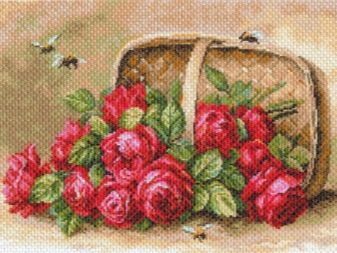
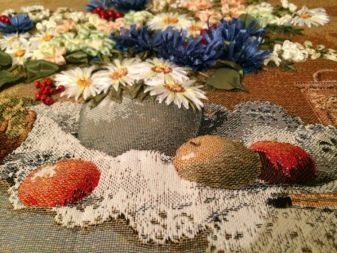
A comparison of tapestry mesh and canvas is shown below.


